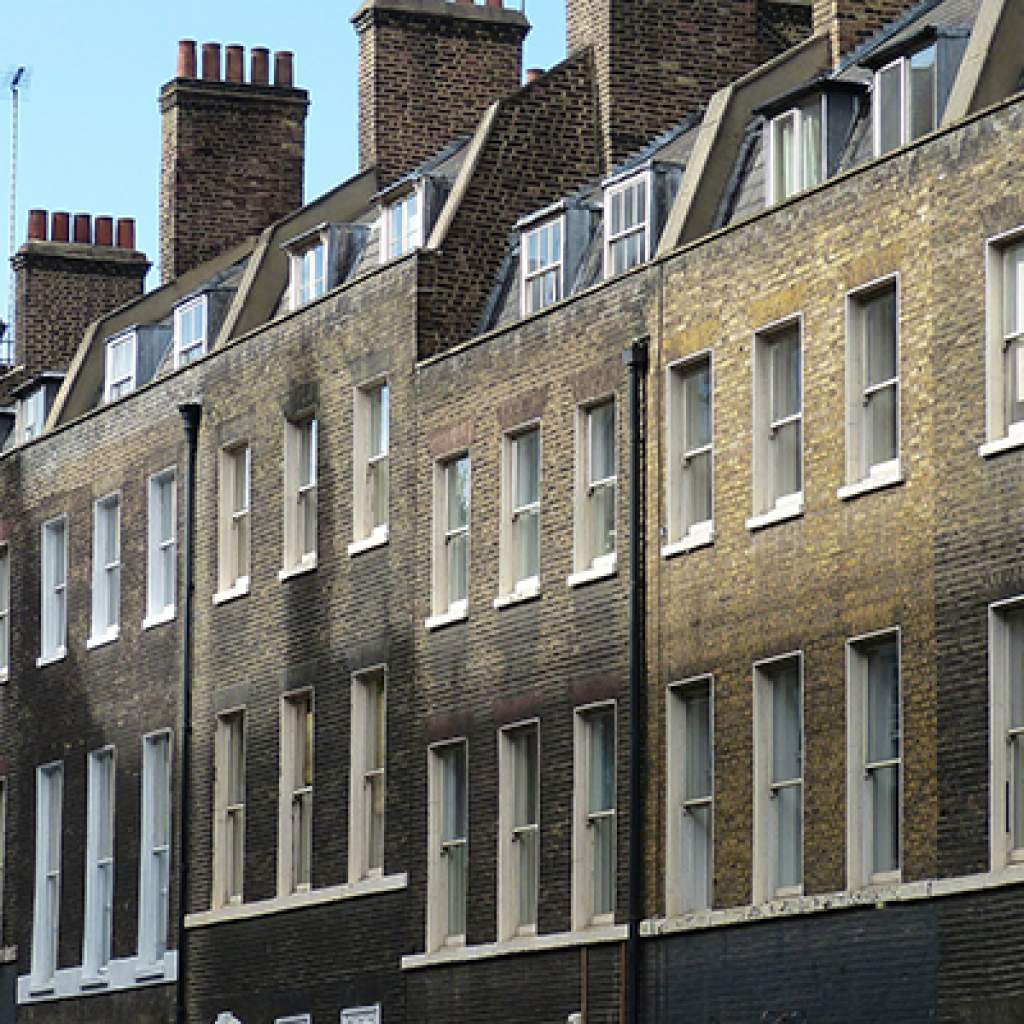Permitted development rights for change of use from office to residential purposes came into force back in 2013, with further recent amendments to the legislation. Shelley Spyrides, Commercial Property partner at Bryan and Mercer takes a look at the scheme and what this means for the future of commercial and residential property on our high streets.
As part of the revitalisation of some of our urban centres and the need to address locally chronic housing shortages, the Government consulted on enhancing permitted development rights to include changes of use from commercial use to residential (C3) class.
The amendments, which came into effect from May 2013 for an initial three year period, were focussed around 5 specific changes:
Shops and financial and professional services to change use to a dwelling house.
- Existing buildings used for agricultural purposes of up to 150 square metres to change to residential use.
- Retail uses to change to banks and building societies.
- Premises used as offices, hotels, residential and non-residential institutions, and for leisure and assembly, to be able to change use to nurseries providing childcare.
- A building used for agricultural purposes of up to 500 square metres to be used as a new state funded school or a nursery providing childcare.
The new permitted development rights:
- Apply to A1 (shops) and A2 (financial and professional services)
- Have an upper threshold of 150 square metres
- Allow conversion to a single dwelling house or a maximum of four flats, but not a small HMO (House of Multiple Occupation)
- Enable the external modifications sufficient to allow for the conversion to residential use
- Not apply in article 1(5) land as set out in the General Permitted Development Order (i.e. conservation areas, Special Protection Areas, National Parks, Areas of Outstanding Natural Beauty, the Broads and World Heritage sites)
These rights only cover change of use – any associated physical development that requires a planning application continues to need one.
There is a tightly drawn prior approval process which covers significant transport and highway impacts, and development in areas of high flood risk, land contamination and safety hazard zones. However the impact on utilities is also not considered e.g. demand for water and sewerage services.
Part of the reasoning for the prior approval process, was for local councils to consider the impact that such schemes would have, given that they are typically in areas not originally zoned for housing. Critics have argued that this just created another opportunity to block development at the local level that would free up stock for housing supply.
Last year, the Government consulted again on an amended permitted development right from May 2016 for a further three year period to May 2019. The prior approval process would now also consider the potential impact of the “significant loss of the most strategically important office accommodation”, matched against housing need in any one area. This suggested a concern that reducing office space at a time when the economy is bouncing back may restrict local employment markets again. Are local councils now faced with Hobson’s choice?
It also proposed that temporary permitted development rights increasing the size limits allowed for single storey rear extensions on residential property were made permanent. The deadline to complete an extension using the existing temporary permitted developments by May 2016 would also be removed.
The latest changes came into force on 15th April 2015. The new General Permitted Development Order (GPDO) also introduces a number of new permitted development rights, including changes that would allow retail premises to convert to restaurants/cafes and assembly and leisure uses without requiring a planning application. Premises used for storage or distribution centre, amusement arcades and casinos could also be converted into homes.
According to an explanatory note, up to 500 square metres of floor space is now able to change to residential use under the new rights, but the latest order makes no reference to the role of light industrial buildings. However, solar PV panels, with a generating capacity of up to 1MW, can now be installed on the roofs of non-domestic buildings.
There has been a steady decline in the occupancy of retail and commercial space, partly due to changes in shopping habits to online and an increasing view of town centres as leisure spaces – eating, entertainment, etc. Combined with an increase in mews houses, apartments and conversions of older industrial buildings, new life can be injected into previously blighted central urban areas. Demand for space has driven this for many years already in our larger cities, but it is sure to be a feature of most towns into the future.
The Government sees change of use as an important contribution to assisting the economic well-being of the country, on the basis that any loss of commercial premises will be accompanied by benefits in terms of new housing units, additional construction output and jobs. There certainly seems to be considerable enthusiasm for the scheme amongst developers. It remains to be seen whether the latest rights and orders will have the desired effect at a local level.




















